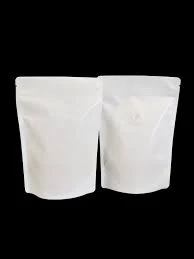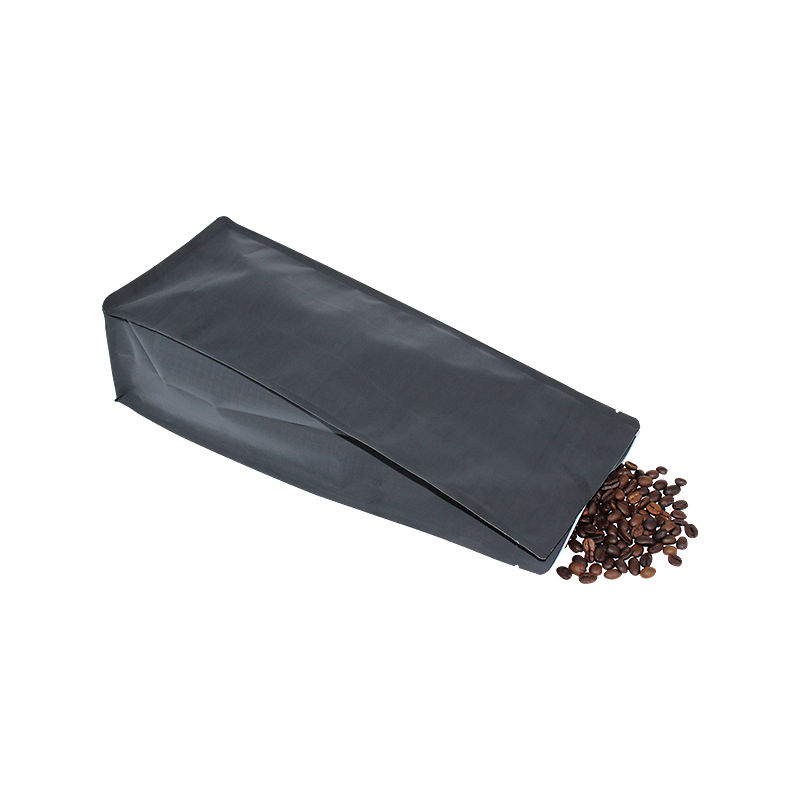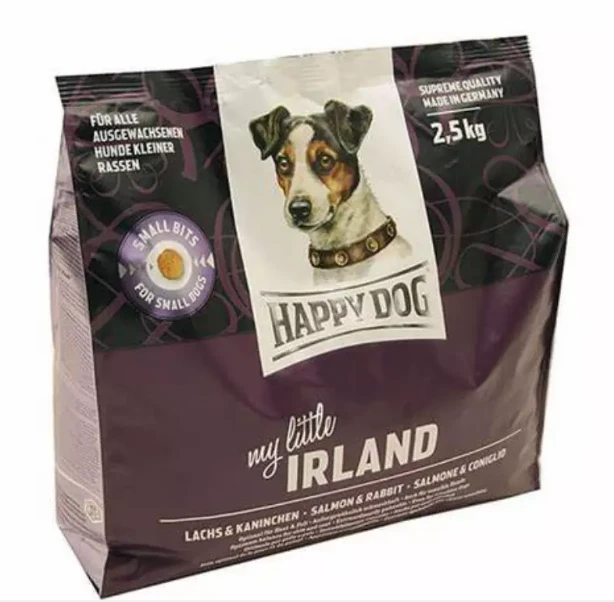- Afrikaans
- Albanian
- Amharic
- Arabic
- Armenian
- Azerbaijani
- Basque
- Belarusian
- Bengali
- Bosnian
- Bulgarian
- Catalan
- Cebuano
- chinese_simplified
- chinese_traditional
- Corsican
- Croatian
- Czech
- Danish
- Dutch
- English
- Esperanto
- Estonian
- Finnish
- French
- Frisian
- Galician
- Georgian
- German
- Greek
- Gujarati
- haitian_creole
- hausa
- hawaiian
- Hebrew
- Hindi
- Miao
- Hungarian
- Icelandic
- igbo
- Indonesian
- irish
- Italian
- Japanese
- Javanese
- Kannada
- kazakh
- Khmer
- Rwandese
- Korean
- Kurdish
- Kyrgyz
- Lao
- Latin
- Latvian
- Lithuanian
- Luxembourgish
- Macedonian
- Malgashi
- Malay
- Malayalam
- Maltese
- Maori
- Marathi
- Mongolian
- Myanmar
- Nepali
- Norwegian
- Norwegian
- Occitan
- Pashto
- Persian
- Polish
- Portuguese
- Punjabi
- Romanian
- Russian
- Samoan
- scottish-gaelic
- Serbian
- Sesotho
- Shona
- Sindhi
- Sinhala
- Slovak
- Slovenian
- Somali
- Spanish
- Sundanese
- Swahili
- Swedish
- Tagalog
- Tajik
- Tamil
- Tatar
- Telugu
- Thai
- Turkish
- Turkmen
- Ukrainian
- Urdu
- Uighur
- Uzbek
- Vietnamese
- Welsh
- Bantu
- Yiddish
- Yoruba
- Zulu
Innovations in Pharmaceutical Packaging for Enhanced Drug Delivery and Safety Solutions
The Importance of Pharmaceutical Packaging
In the modern pharmaceutical industry, packaging plays a critical role that extends beyond mere aesthetics. Proper pharmaceutical packaging serves as a crucial line of defense for medications, ensuring their safety, efficacy, and integrity. As the global market for pharmaceuticals continues to expand, the need for sophisticated packaging solutions has never been more significant.
At its core, pharmaceutical packaging serves multiple essential functions. Firstly, it protects the medication from external factors such as moisture, light, oxygen, and contaminants. Many pharmaceuticals are sensitive to environmental conditions, and improper exposure can lead to degradation, diminished effectiveness, or even harmful consequences for patients. For example, certain vaccines and biologics require refrigeration to maintain their potency, making temperature-controlled packaging vital.
The Importance of Pharmaceutical Packaging
In addition to protection and dosage accuracy, pharmaceutical packaging also incorporates safety features that aid in preventing tampering and counterfeiting. The pharmaceutical industry faces significant challenges from counterfeit drugs, which pose risks to patient safety and public health. To combat this, many packaging solutions now include security seals, tamper-evident designs, and serialization technologies that allow for traceability throughout the supply chain. These innovations not only help assure patients of the product's authenticity but also assist manufacturers in complying with regulatory requirements across various regions.
pharmaceutical packing

Moreover, pharmaceutical packaging communicates critical information to patients and healthcare providers. Labels and inserts contain information on dosage, administration instructions, potential side effects, expiration dates, and contraindications. Clear, concise, and accurate labeling is essential for ensuring that patients understand how to use their medications safely and effectively. As the patient population becomes increasingly diverse, packaging designers are also tasked with creating materials that cater to individuals with varying levels of health literacy.
Sustainability is another pivotal consideration in the realm of pharmaceutical packaging. As environmental concerns grow, consumers and regulators alike are calling for more sustainable practices within the pharmaceutical industry. Eco-friendly packaging solutions, such as biodegradable materials or reusable containers, are being explored as alternatives to traditional packaging that often contributes to waste. Pharmaceutical companies are beginning to recognize the importance of incorporating sustainability into their packaging strategies, both for ethical reasons and to meet market demands.
The ongoing advancements in technology and materials science are also reshaping the landscape of pharmaceutical packaging. Innovative materials are being developed to enhance barrier protection, improve shelf life, and reduce the environmental impact of packaging waste. Smart technologies, such as RFID tags and temperature monitoring sensors, are paving the way for more interactive and user-friendly packaging. These technologies not only enhance the safety and efficacy of pharmaceuticals but also improve the overall patient experience.
In conclusion, pharmaceutical packaging is far more than a protective layer—it is a vital component that ensures the safety, efficacy, and accessibility of medications. As the pharmaceutical industry continues to evolve, so too will the approaches to packaging, reflecting the ever-changing landscape of healthcare needs, regulatory requirements, and consumer preferences. By investing in innovative and sustainable packaging solutions, the pharmaceutical sector can enhance patient outcomes, bolster safety measures, and contribute to a healthier future for all.













